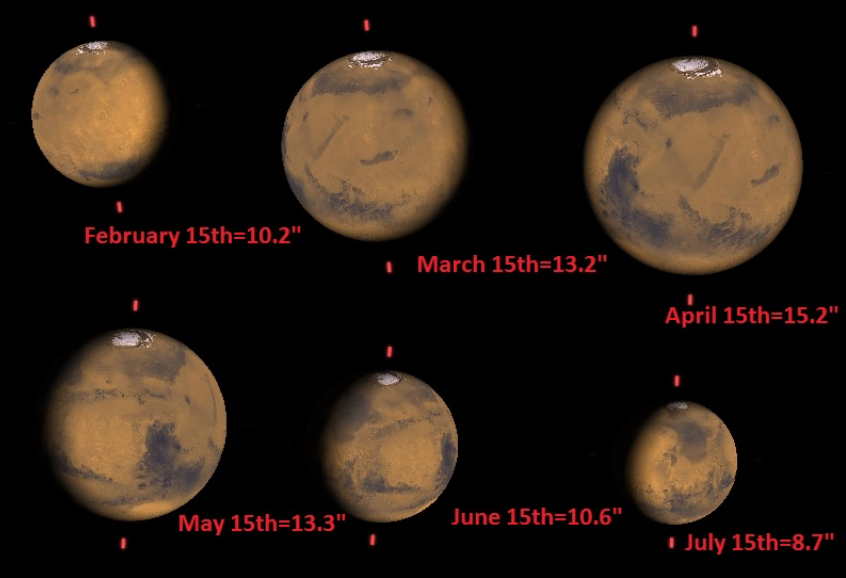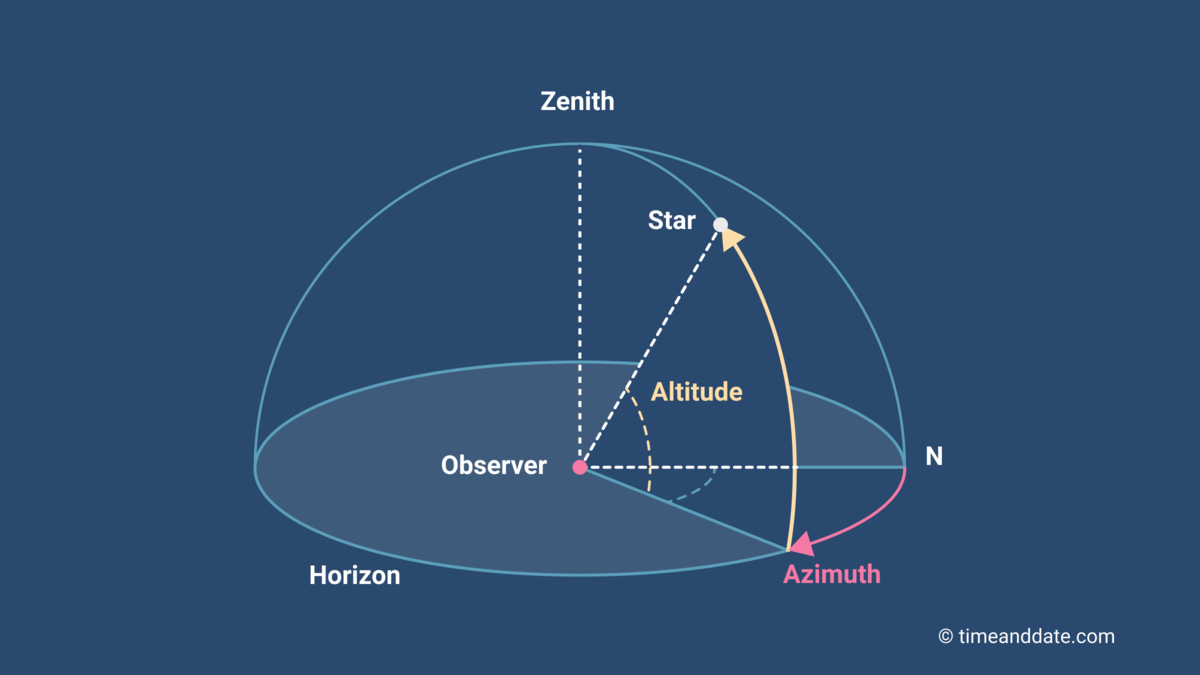Application cases
When is it important to know how to apply the notions of celestial orientation? Relevant cases are described below, although in essence, you interact with your concepts all the time every time you observe the sky, being of great help to optimize time. 1st Case: Locate the South Celestial Pole through the constellation Cruz...



